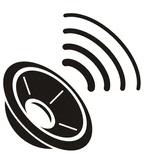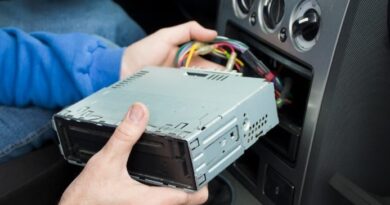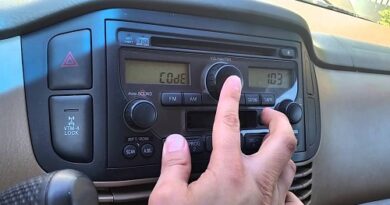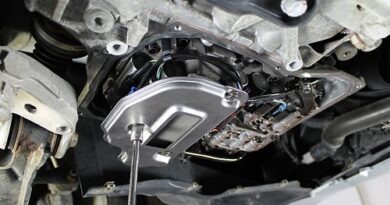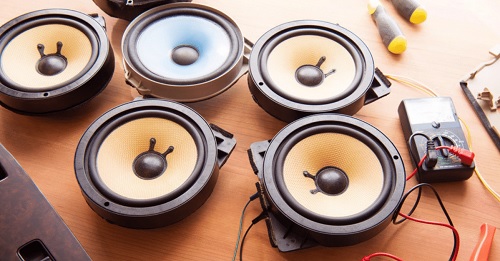
Why Did My Car Speakers Stop
What happened to my car speakers? Why did my car speakers stop working? Over time, car speakers tend to wear down and even break. This is especially true of the lower-quality original equipment (OE) speakers that come standard on most automobiles and trucks. Regular use can cause internal components to wear out or loosen! There’s not much that you can make about it.
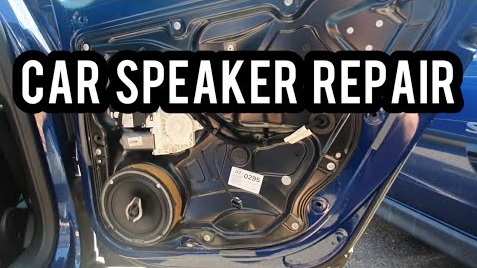
Car Speakers Stop Working
On the other hand, car speakers tend to fail one at a time. Unusually, all of the speakers in a car audio system will die at the same time without some major abuse. Abuse such as turning up the volume to the point where the speakers are blown out. The fault is usually in the head unit, the amp, or the wiring. This happens when all of the car audio system’s speakers cease operating simultaneously.
In certain situations, a problem with the wiring between the head unit and a single speaker might cause the entire car audio system to go silent at the same time. Some basic troubleshooting is required to pinpoint the exact cause of this type of automotive audio issue.
The Head Unit And Amplifier – Car Speakers Stop Working
If your head unit works great but the speakers aren’t working, it’s simple to assume the speakers are the issue. However, just turning the head unit on does not mean it is operational. Before doing anything else, you should:
- Check to see if the head unit is in an anti-theft mode that requires a car radio code.
- Examine the volume, fade, and pan controls.
- Experiment with various audio inputs (i.e. radio, CD player, auxiliary input, etc).
- Check any fuses onboard.
- Look for any loose or disconnected wires.
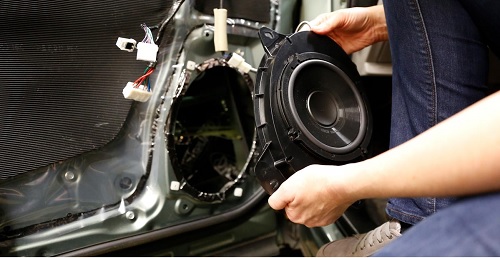
If you can’t find any problems with the head unit, check to see if you have an external amplifier. The amp is the most prevalent cause of this type of problem with in-car audio systems. The system employs external amplifiers (both OEM and aftermarket). Surly, the music must pass through them on its way to the speakers. You’ll want to make sure the amplifier is turned on while checking it out.
- Check to see if the amplifier has entered “protect mode.”
- Examine the input and output speaker wires for any loose or disconnected connections.
- Inline and onboard fuses are testable.
Although there are many common automobile amplifier faults that you can diagnose and repair on your own. You may encounter a situation where the amplifier appears to be in good working order even though it has failed. In that situation, you may need to just bypass the amplifier. Do that to ensure that both the head unit and speakers are operational. In this case, you may either use the internal amp in your head unit or add a new aftermarket amp.
Car Speaker Wiring Inspection
You may know that the fade and pan settings on your head unit were set to a speaker or speakers that are with fault and that you were able to get sound by switching to a working speaker or speakers. In such an instance, you’re dealing with either a wiring issue or a faulty speaker or speakers.
Speaker cables are frequently on behind panels and molding, under seats, and beneath the carpet, making visual inspection difficult.
It may be easier to check for continuity between one end of each wire (at the head unit or amp) and the other end at each speaker, depending on your situation. If there is no continuity, the cable is likely available someplace. If there is continuity to ground, however, you are dealing with a shorted wire.

Car Speakers Under Test
Obtaining speaker wire and simply running new, temporary cables to each speaker is another approach to test the speakers while also ruling out poor wiring. Because this is simply a temporary solution, you’ll have to remove door panels, trim, and other components to obtain access to the speakers, but you won’t have to worry about routing the new cables properly.
If the speakers function with the new cables, the problem is almost certainly with the old wiring, in which case routing new wires will solve the issue.
Unplug the wiring harness from the head unit or amp and connect the positive and negative wires of each speaker to the positive and negative terminals of a 1.5V battery, one at a time.
When you touch the speaker wires to the battery terminals, you should hear a little pop if the speaker wires aren’t broken or the speaker hasn’t completely failed. However, just because a speaker can “pop” with a 1.5V battery doesn’t indicate it’s in good operating shape.
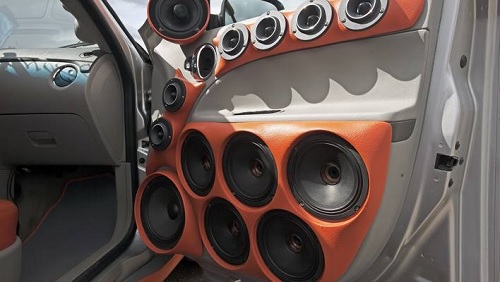
If you’ve ruled out everything else and are just dealing with a coincidental failure, it’s time to replace all of your automobile speakers at once. You should, however, double-check that they weren’t blown out by someone turning up the volume on the stereo. This is also a good time to consider upgrading your car system as a whole, however simply replacing the blown factory speakers with nice aftermarket speakers can help a lot.
How Can You Tell If Your Car Speakers Have Failed
If you’re present when the automobile speakers blow out, you’ll immediately notice that they cease operating or no longer sound normal. Verifying blown speakers requires some effort if it occurs when you are not present and the perpetrator refuses to confess. Disconnecting the speaker and checking for continuity is the most reliable approach to see if it’s blown out. It’s commonly blown if there isn’t any continuity between the speaker terminals.
Well, now you know a lot more information on the question of why my car speakers stop working? Now you know some answers too, right?
